'As people crave for better quality in their pictures, they are going for DSLR, which is driving sales.'
Nikon India MD Kazuo Ninomiya shares his plans for how the camera giant plans to clock sales worth Rs 1,200 crores in FY18.
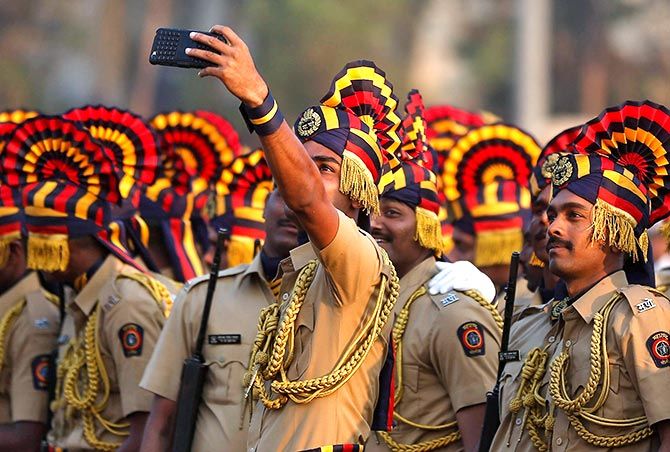
Nikon, the Japanese optics and imaging major, turns 100 next month.
It has faced tough competition from the growing sale of smartphones, replacing entry-level cameras.
Kazuo Ninomiya, managing director of Nikon India, speaks to Arnab Dutta.
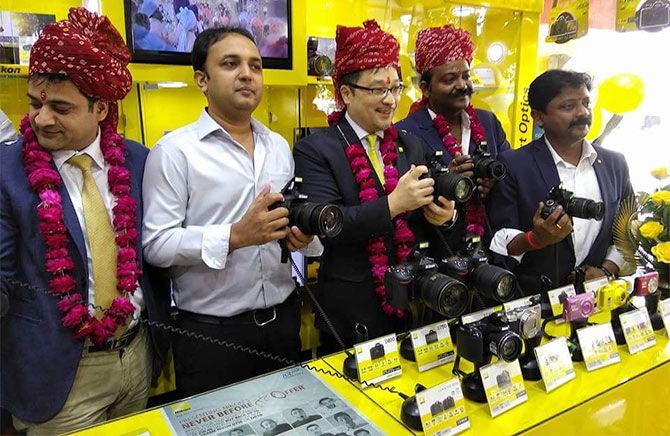
Where does India stand for Nikon globally?
India's contribution to global revenue was three to four per cent last year and I expect it to go up to five to six per cent in 2017-18.
Globally, we have 24 subsidiaries. While India is still lagging behind as compared to our top five markets, I am expecting conditions to improve by March.
Last year, the domestic market for DSLR cameras stood at 500,000 units, of which we held 55 per cent.
We grew by 10 per cent, in line with the market growth rate, and posted Rs 1,150 crores in sales. We are looking to bag Rs 1,200 crores sales in the current financial year.
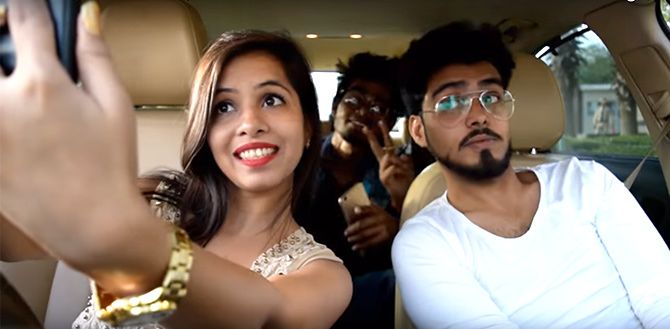
With the quality of smartphone cameras improving dramatically in recent years, haven't they threatened your existence?
We have seen a big impact on sales for entry-level cameras priced up to Rs 15,000. Smartphones have mostly replaced these.
The rise of smartphones has reduced the size of the camera market in India to 700,000 units, from over two million (a year) only five years ago.
The entry-level compact cameras used to generate some 70 per cent of total revenues, which has come down to 20 per cent. The industry has not suffered due to higher per unit realisation from DSLR cameras.
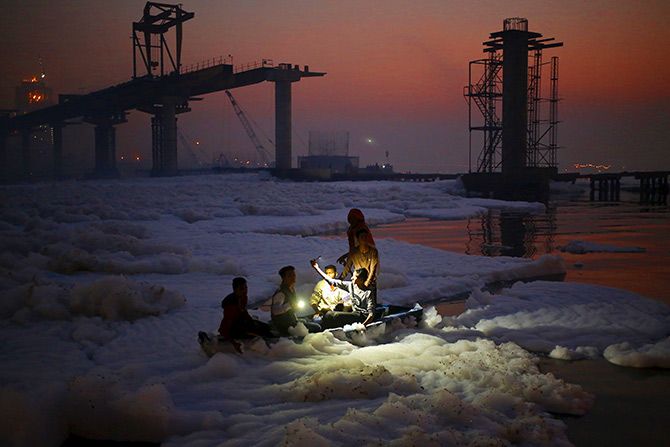
What is the counter-strategy? How does Nikon plan to survive?
Selfie-clicking is very high among Indians. We appreciate this. Smartphones have encouraged people to click photos and get into the habit of it.
But, images captured by smartphones cannot match DSLR in quality. To get a fulfilling experience, consumers eventually have to try cameras and cannot remain dependent on their smartphones.
So, as people crave for better quality in their pictures, they are going for DSLR, which is driving sales. We have set up 120 Nikon Experience zones across cities and towns and plan to take this number to 140 this year.
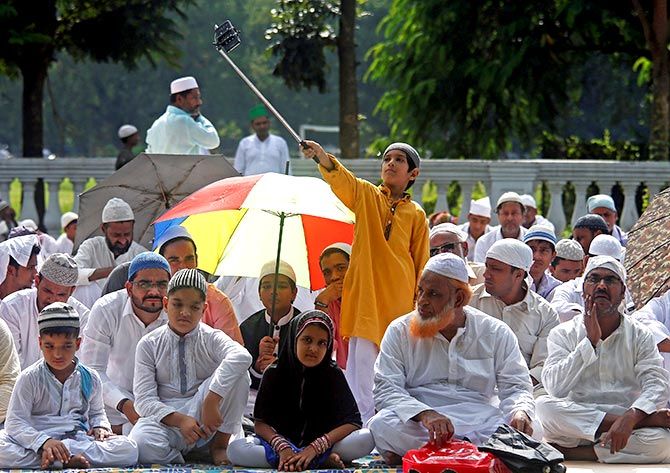
What is the most interesting trend you observe in India?
Indian consumers are very fond of uploading pictures.
Almost everyone here has a Facebook account, unlike many other big markets. So, we are providing the option of uploading pictures directly from our cameras.
People's love for social media -- like Facebook or Instagram -- is driving the sale of cameras in India. We have conducted photo contests globally and observed the participation ratio in India is much higher as compared to most countries.
We have an application for smartphones and the number of downloads by consumers from India is only next to the US and Japan.

Sales of smartphones are driven by a desire for a camera. Why isn't Nikon making smartphone cameras?
One of our key visions is to differentiate our products, still being followed even after 100 years of our journey. Our competency has always been superior optical technology.
It is hard to differentiate between one smartphone and another, despite so many brands in the market.
While in many of the larger markets for cameras like the US and Europe, growth has come down, India continues to grow fast. So, we want to keep our focus on cameras.
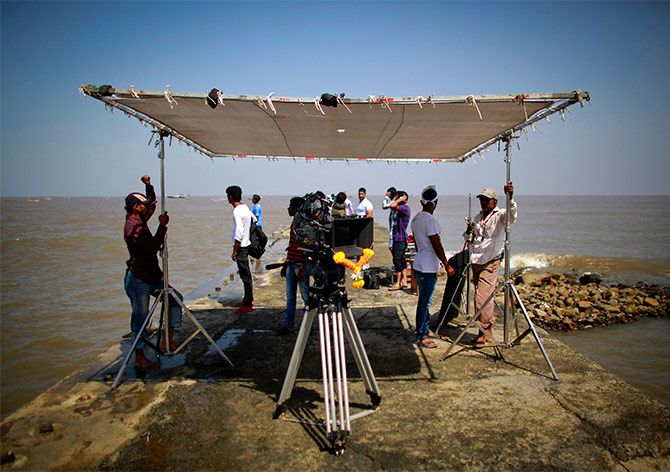
When could we expect Nikon to start local manufacturing?
The market here is too small to start a manufacturing unit. While the annual camera market in Japan is about five million units, India is yet to reach the one-million mark.
We can look at starting production here once the market touches five million units a year.










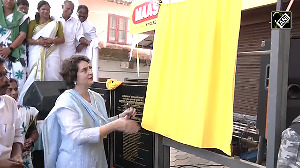
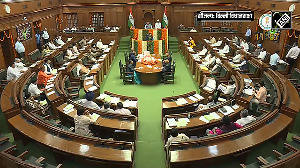
 © 2025
© 2025